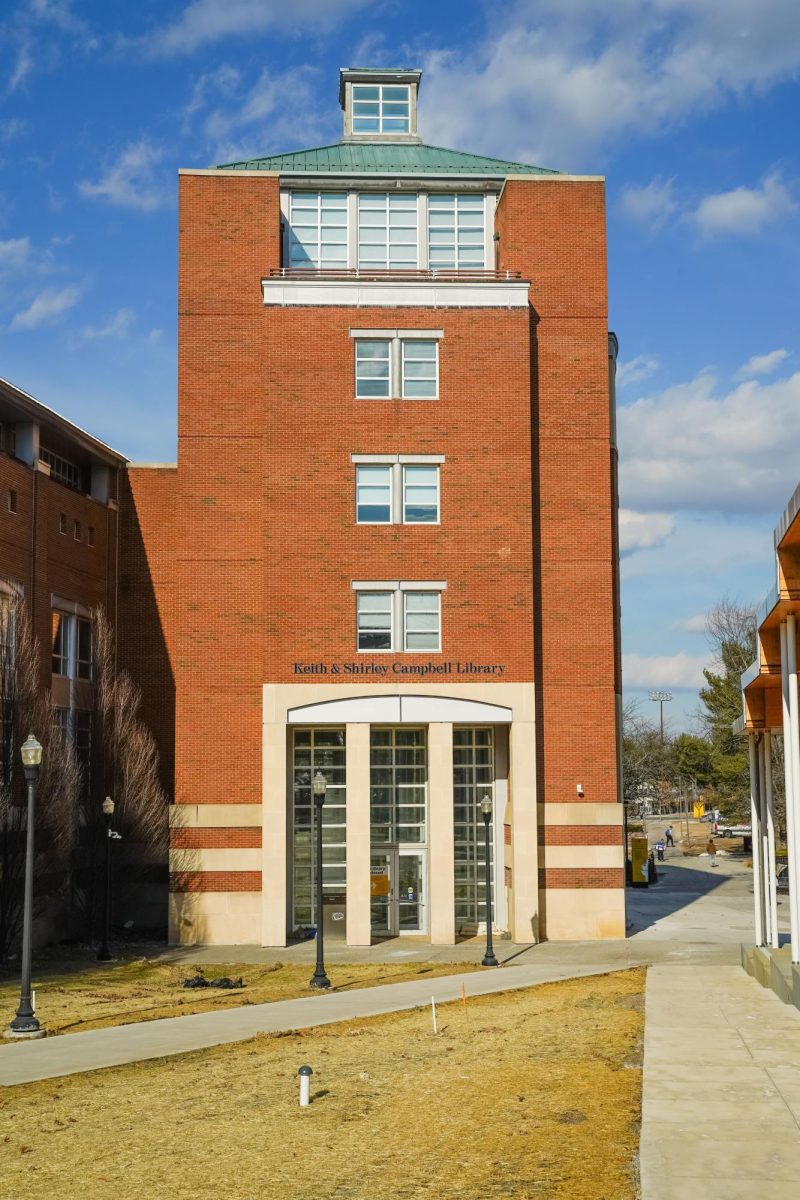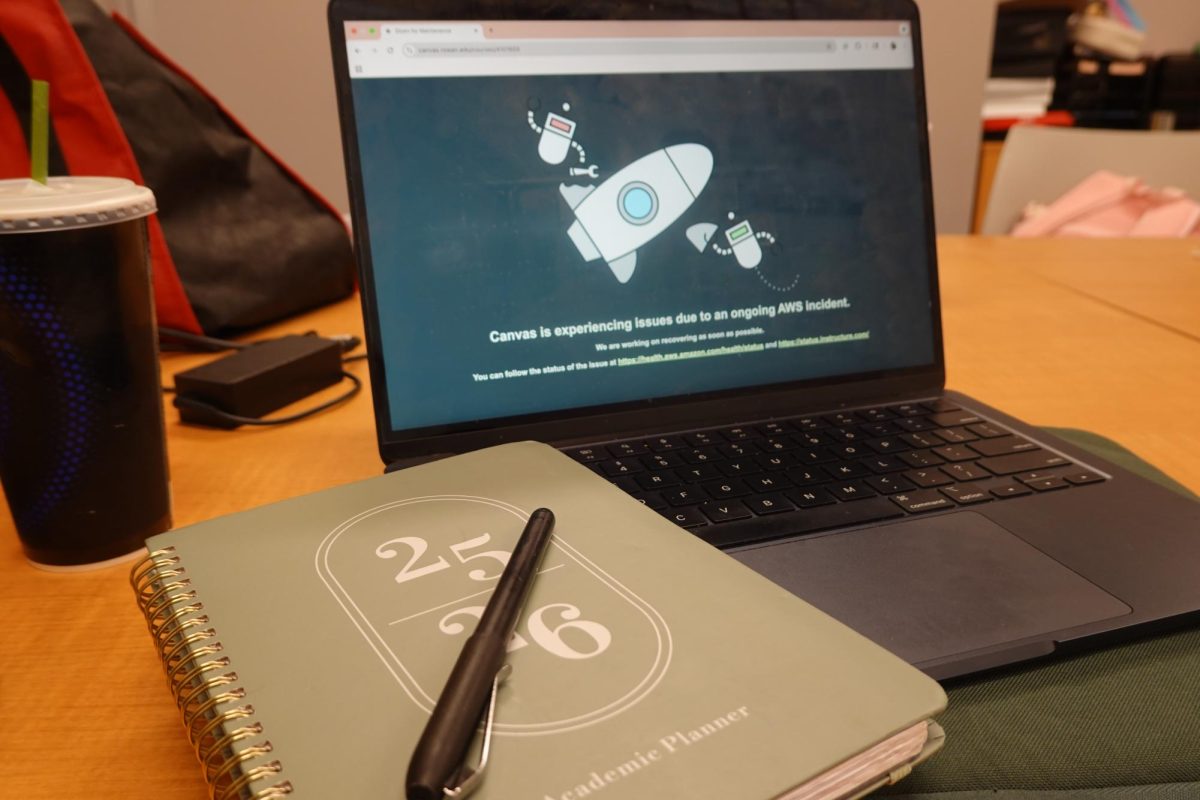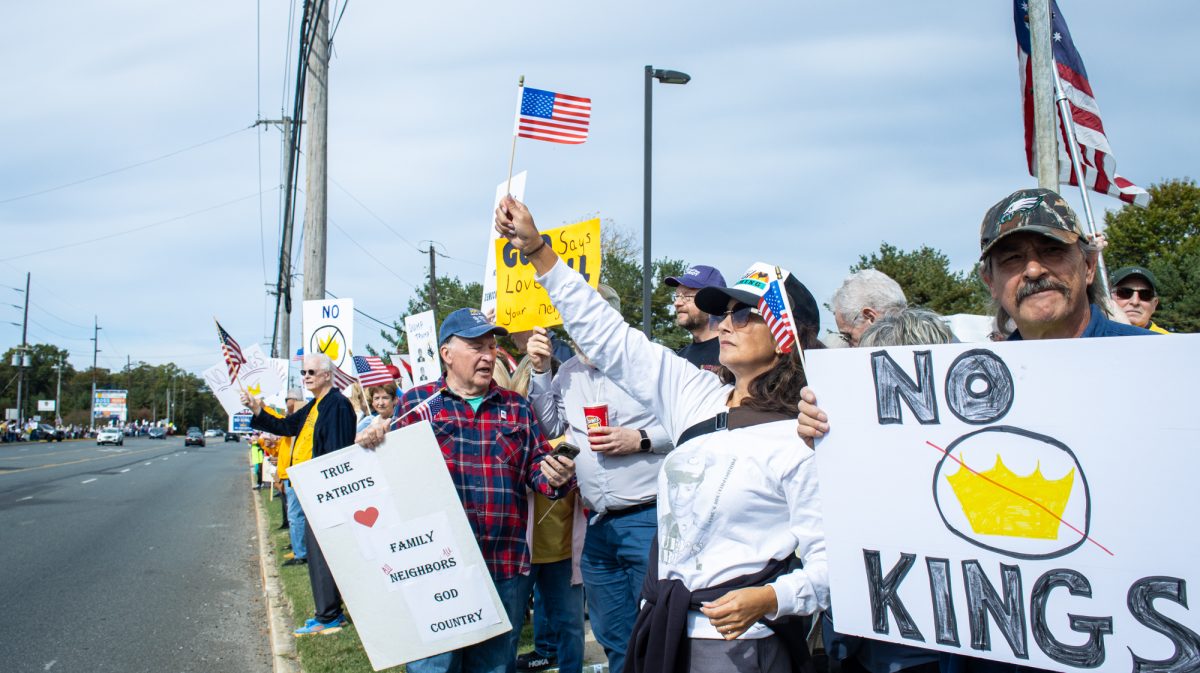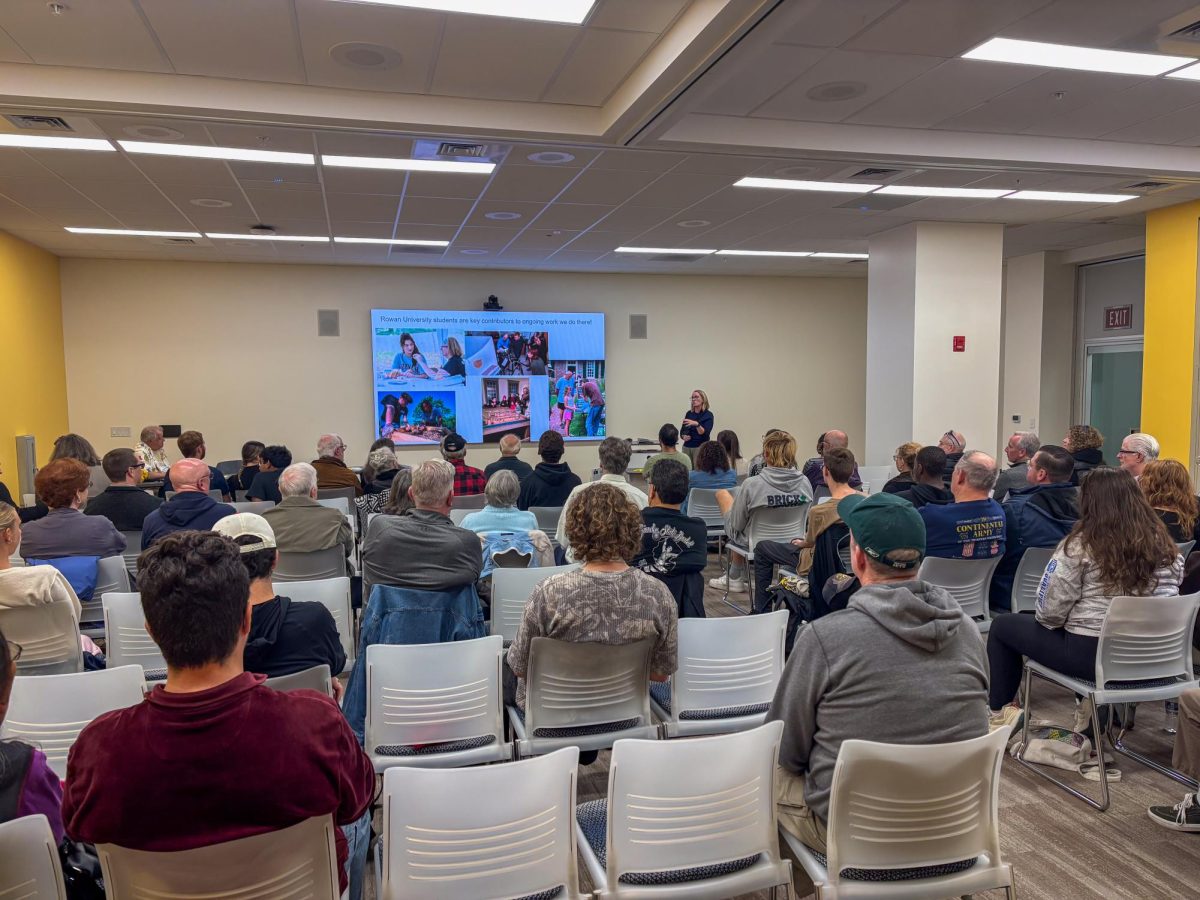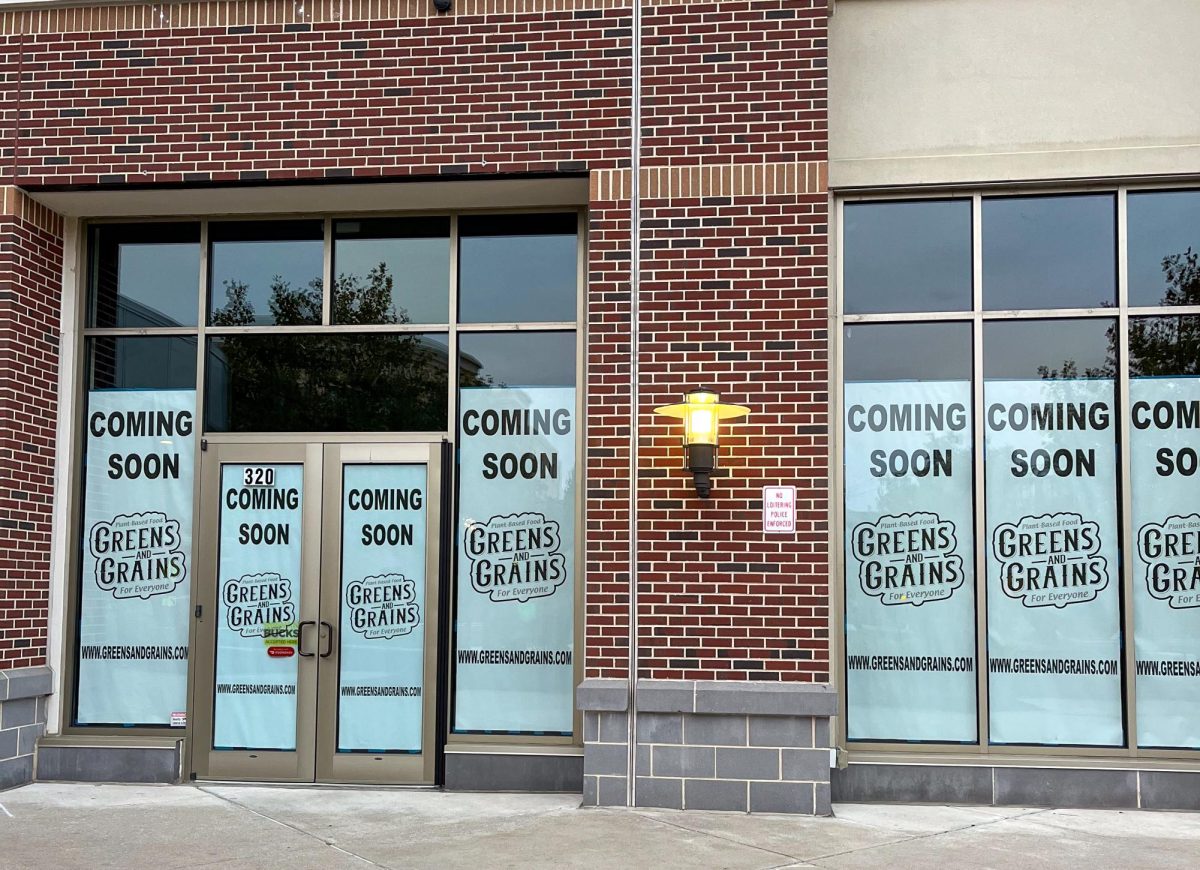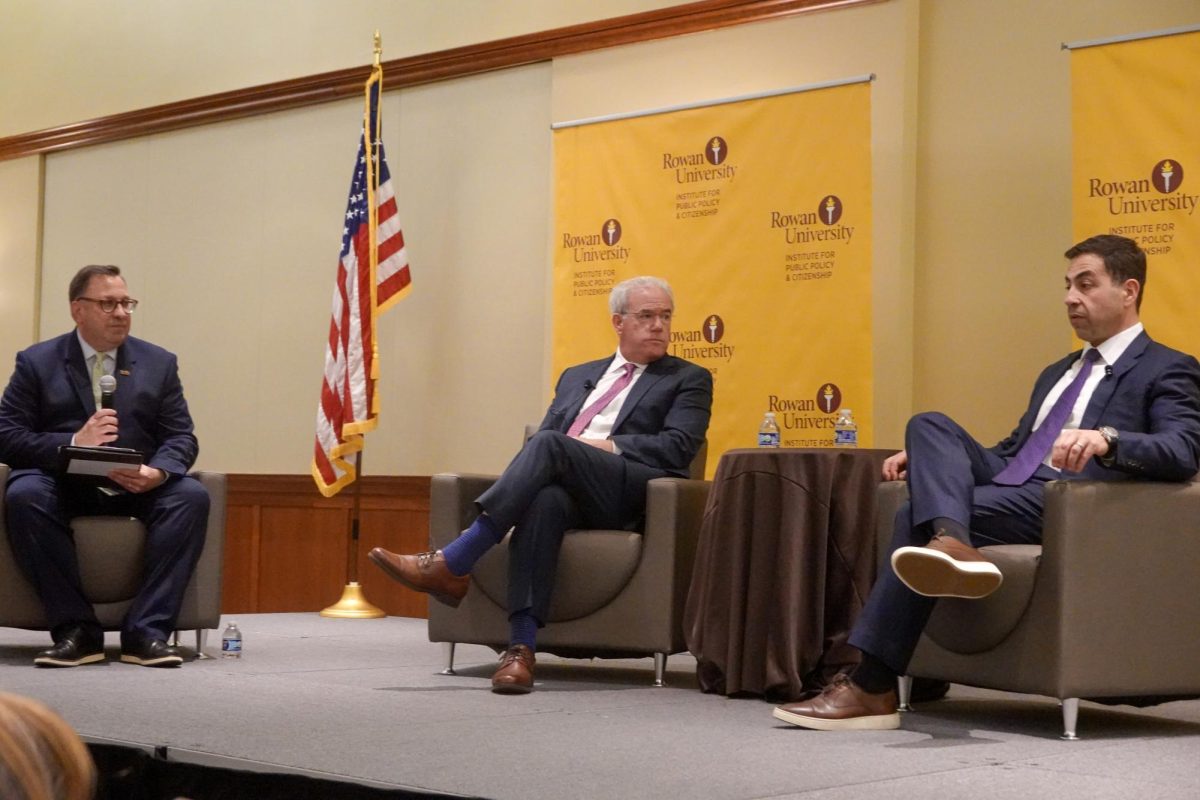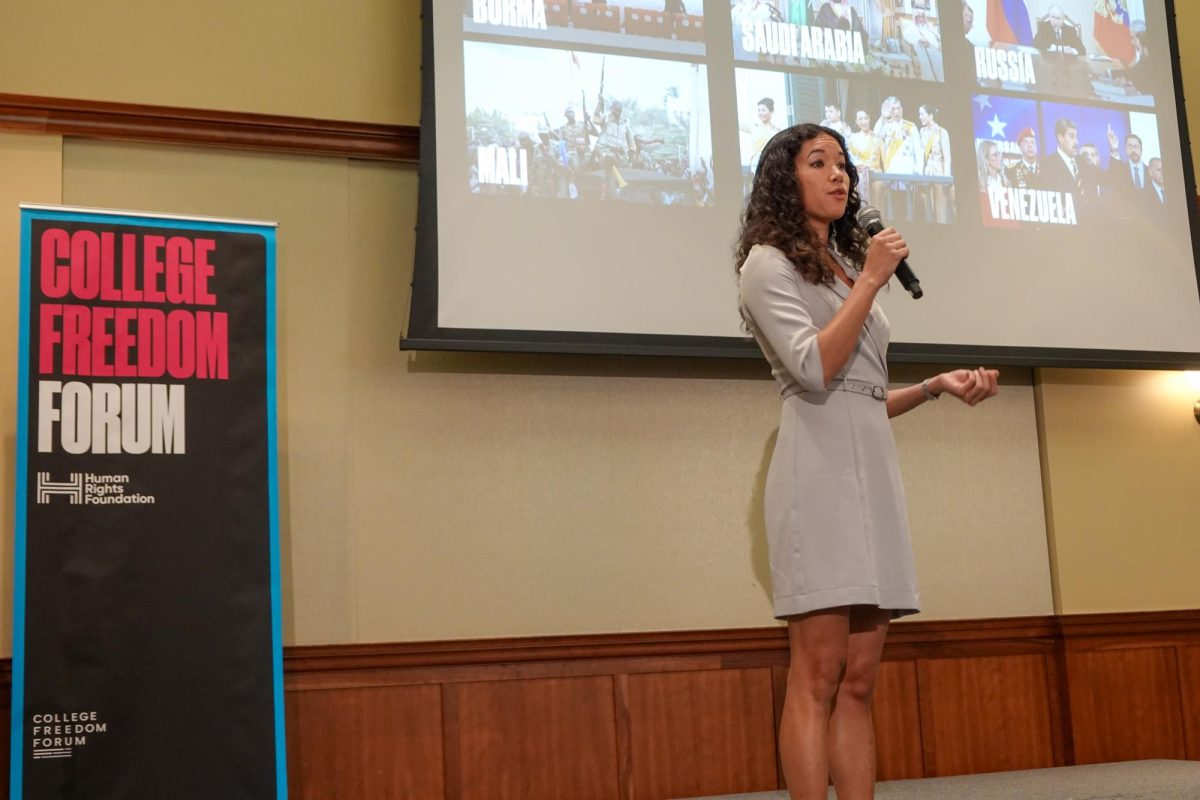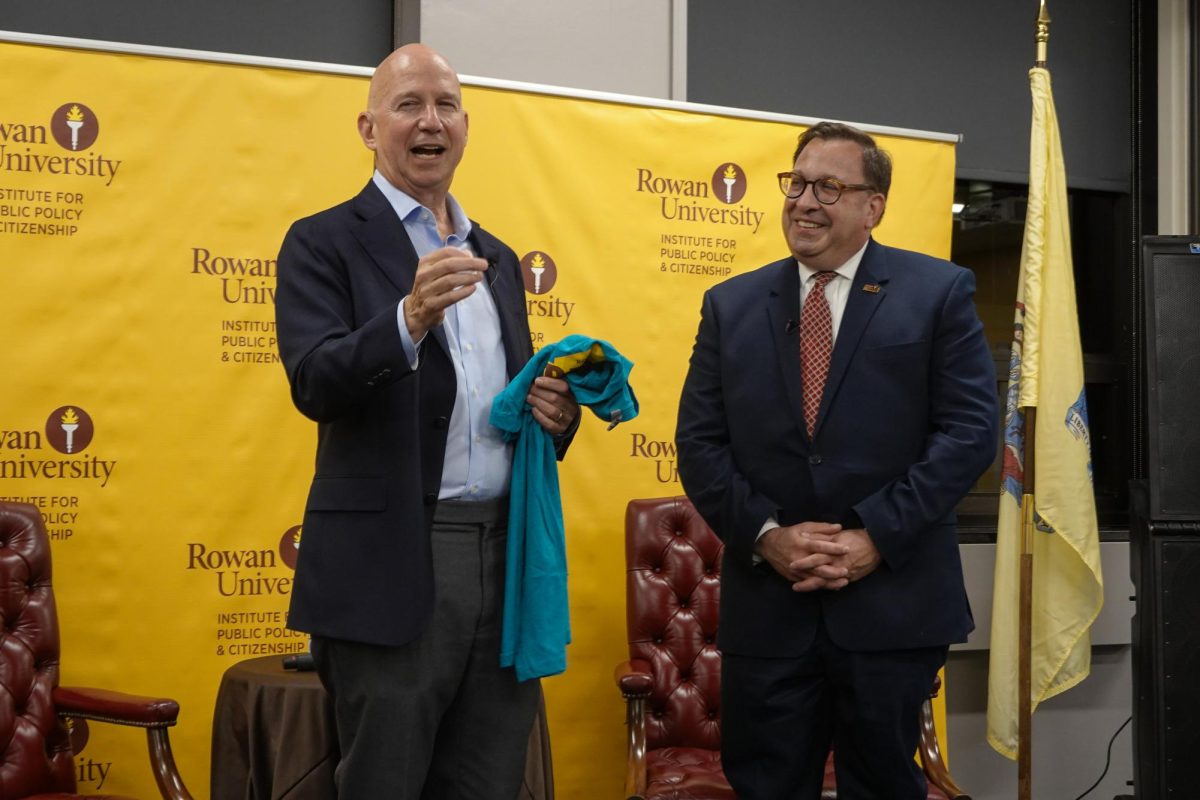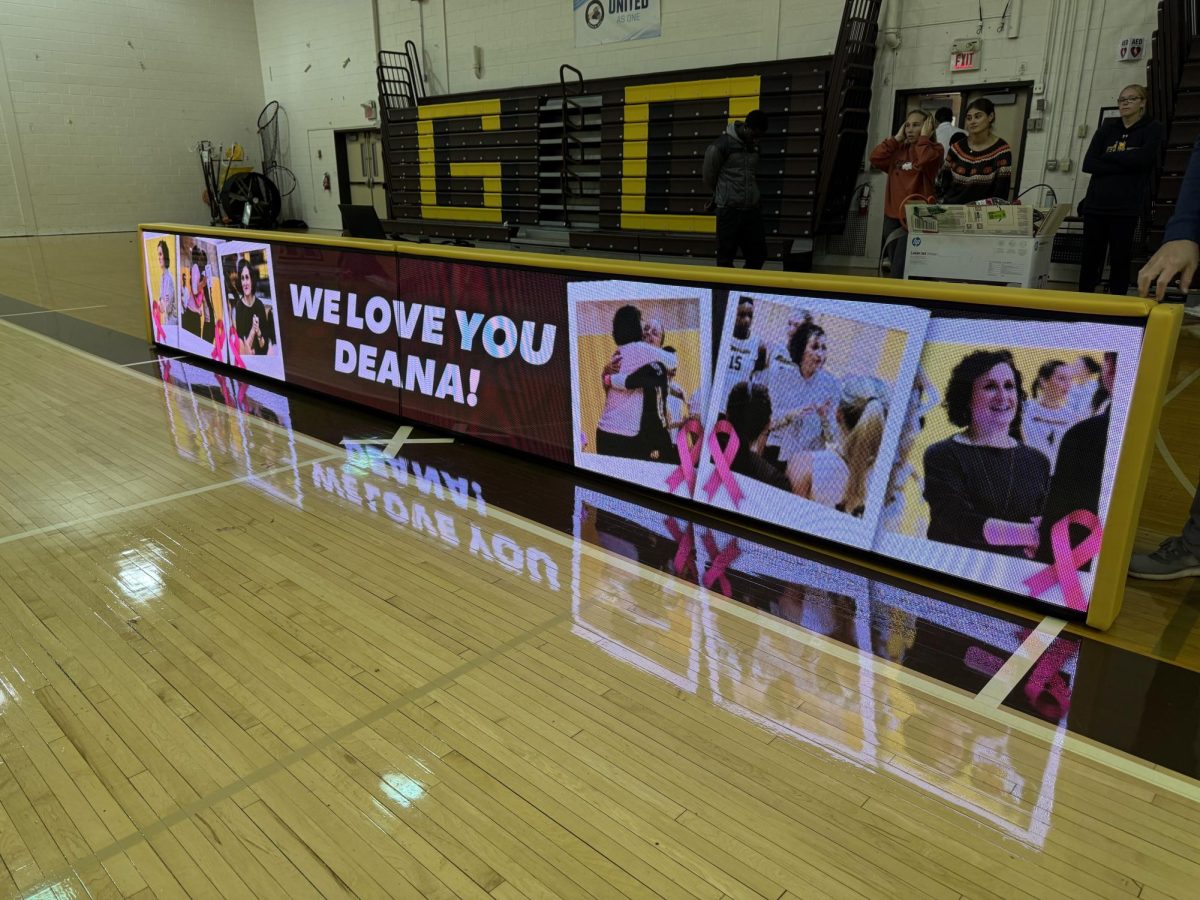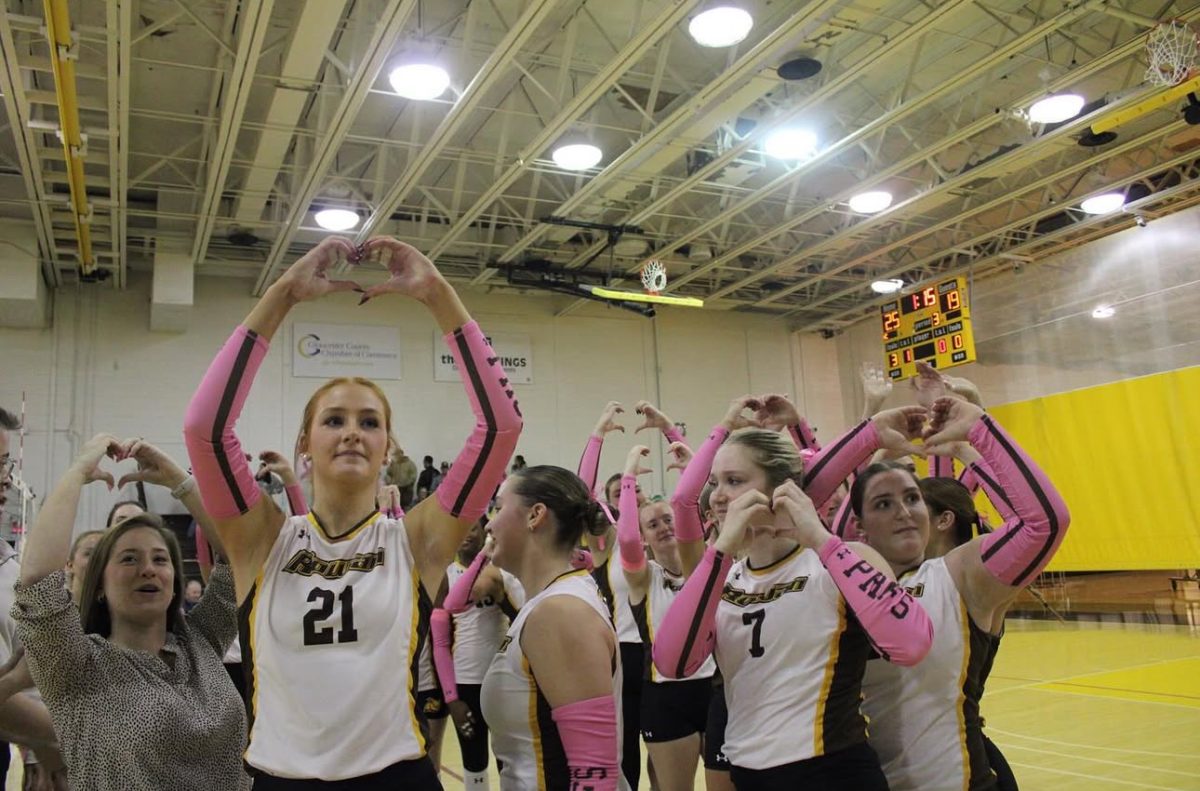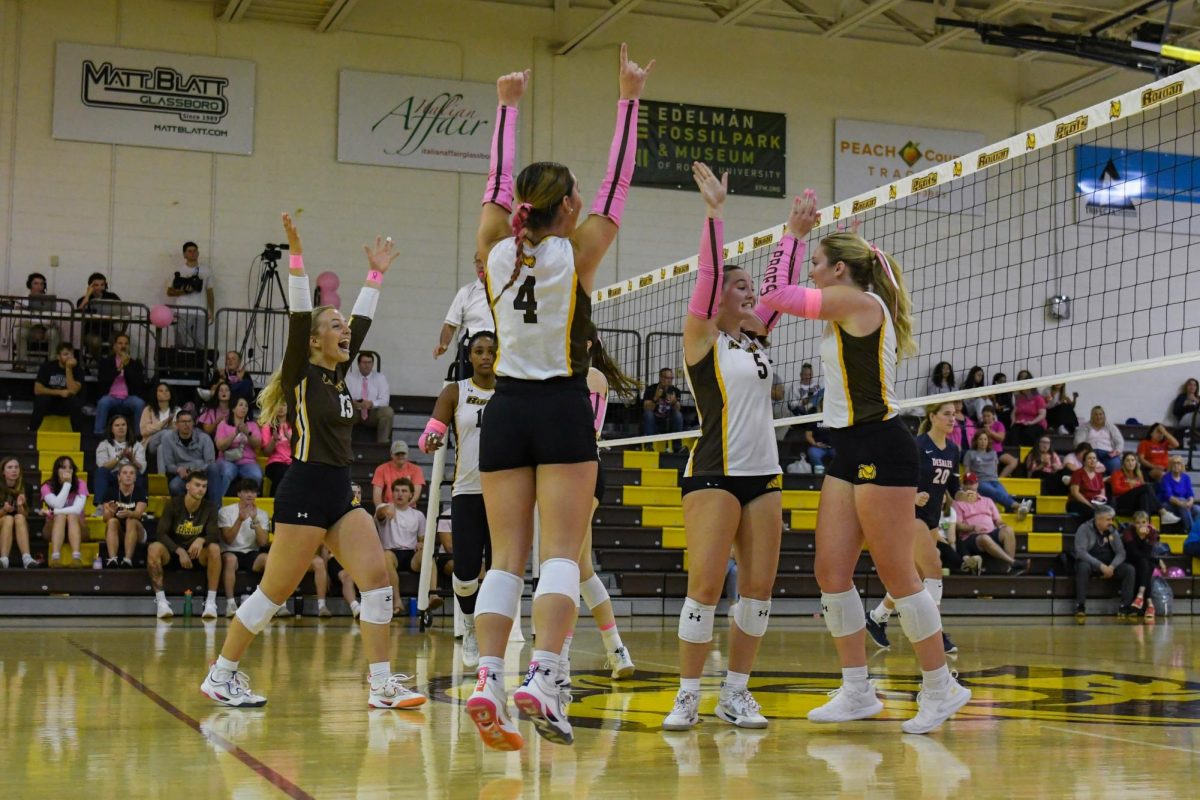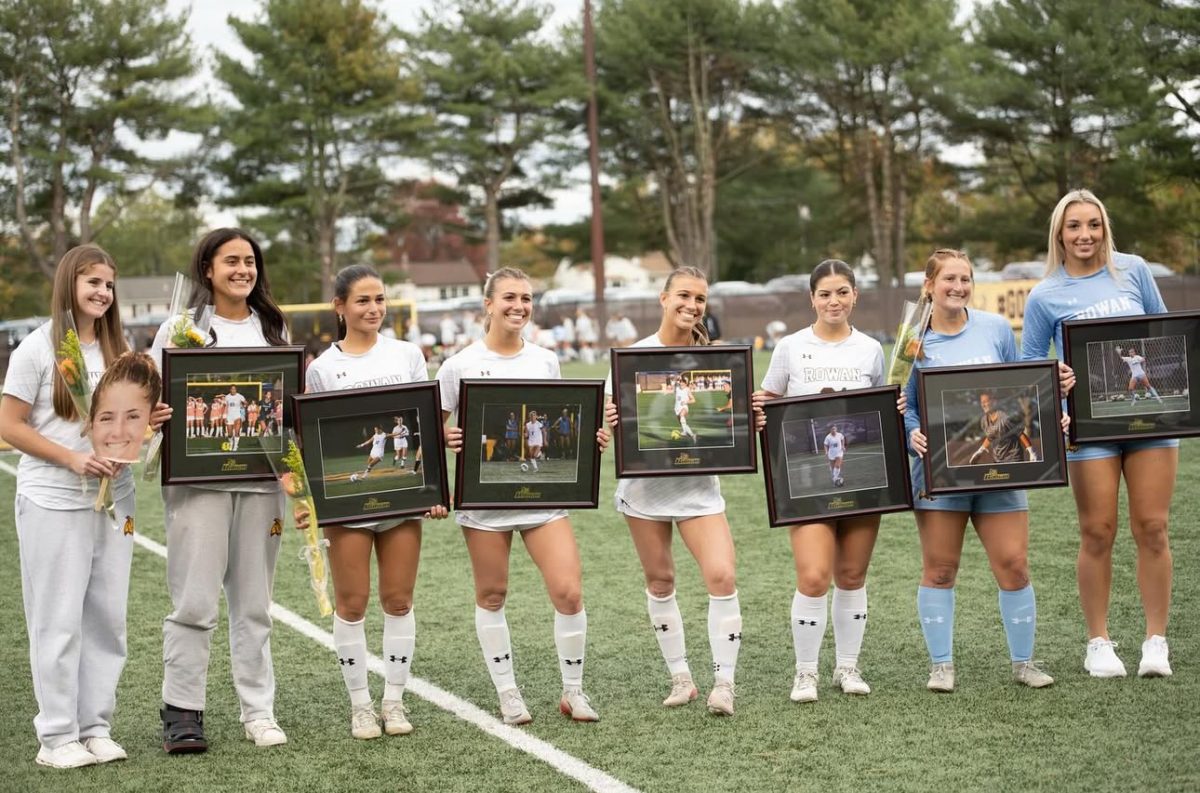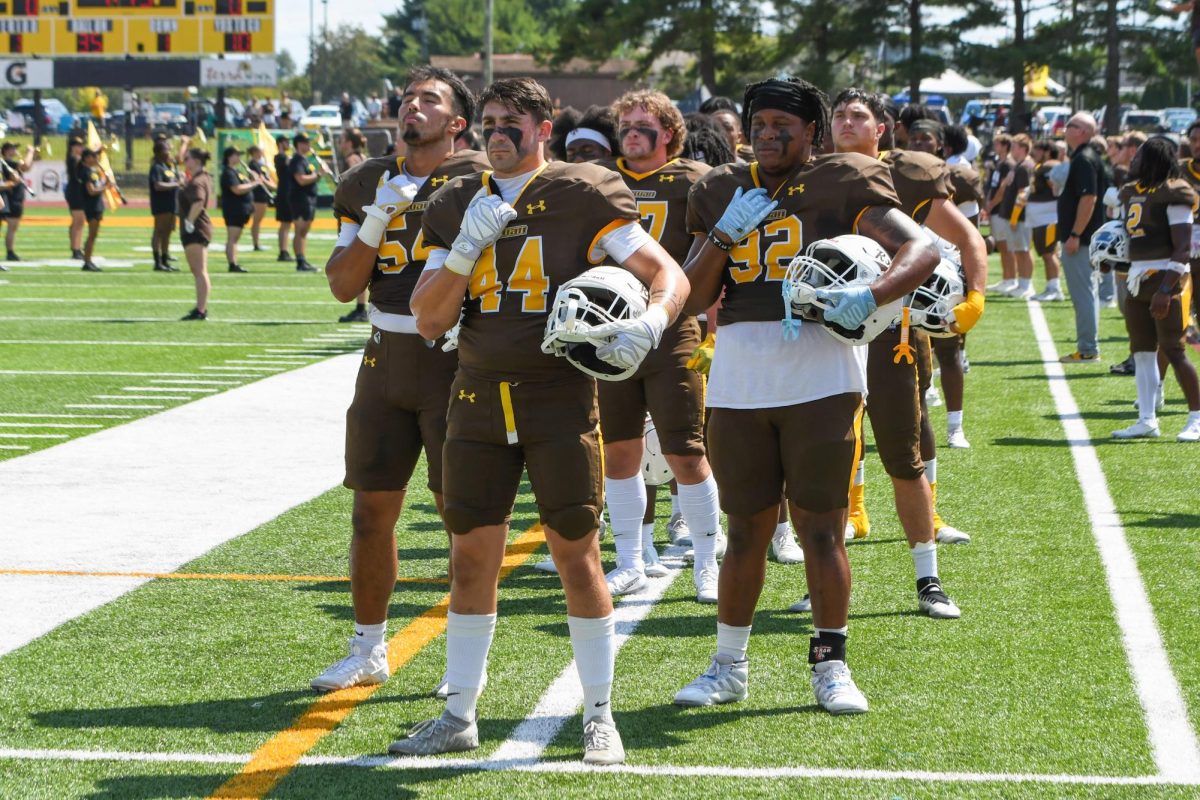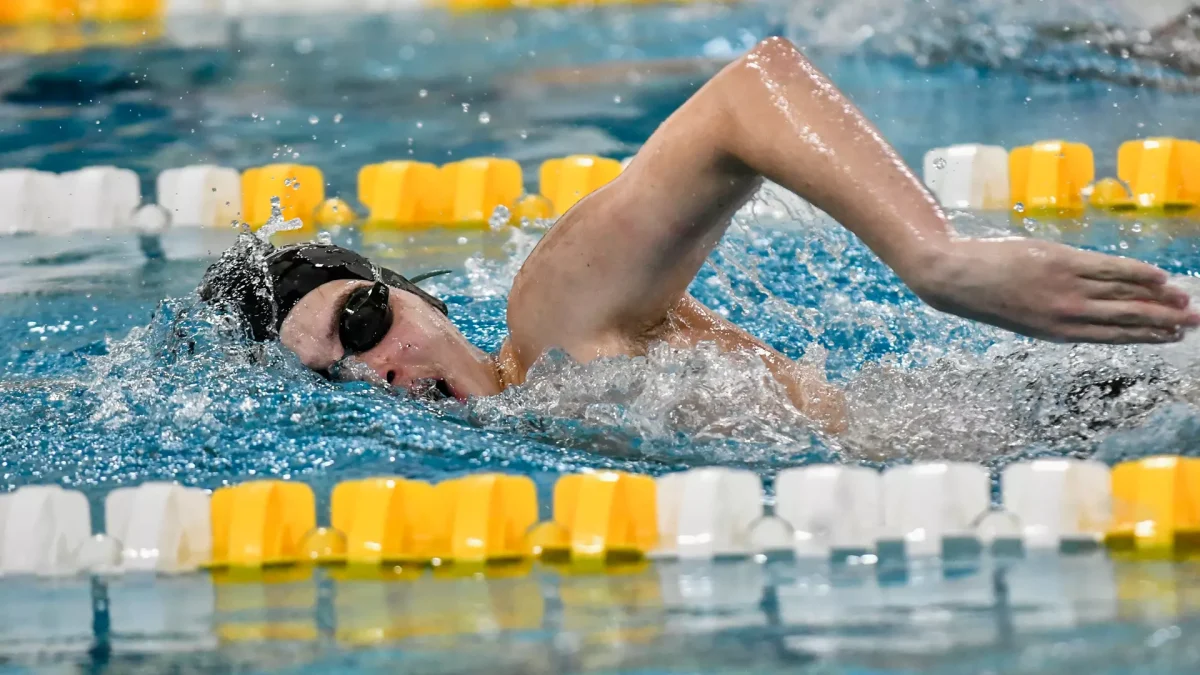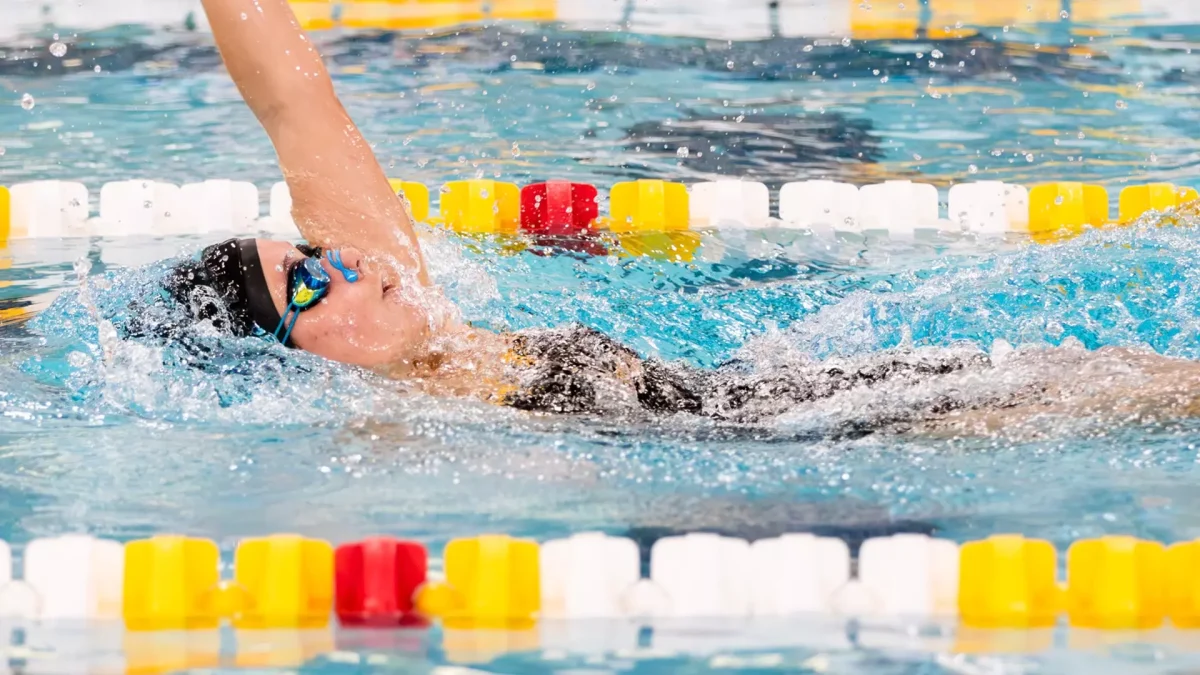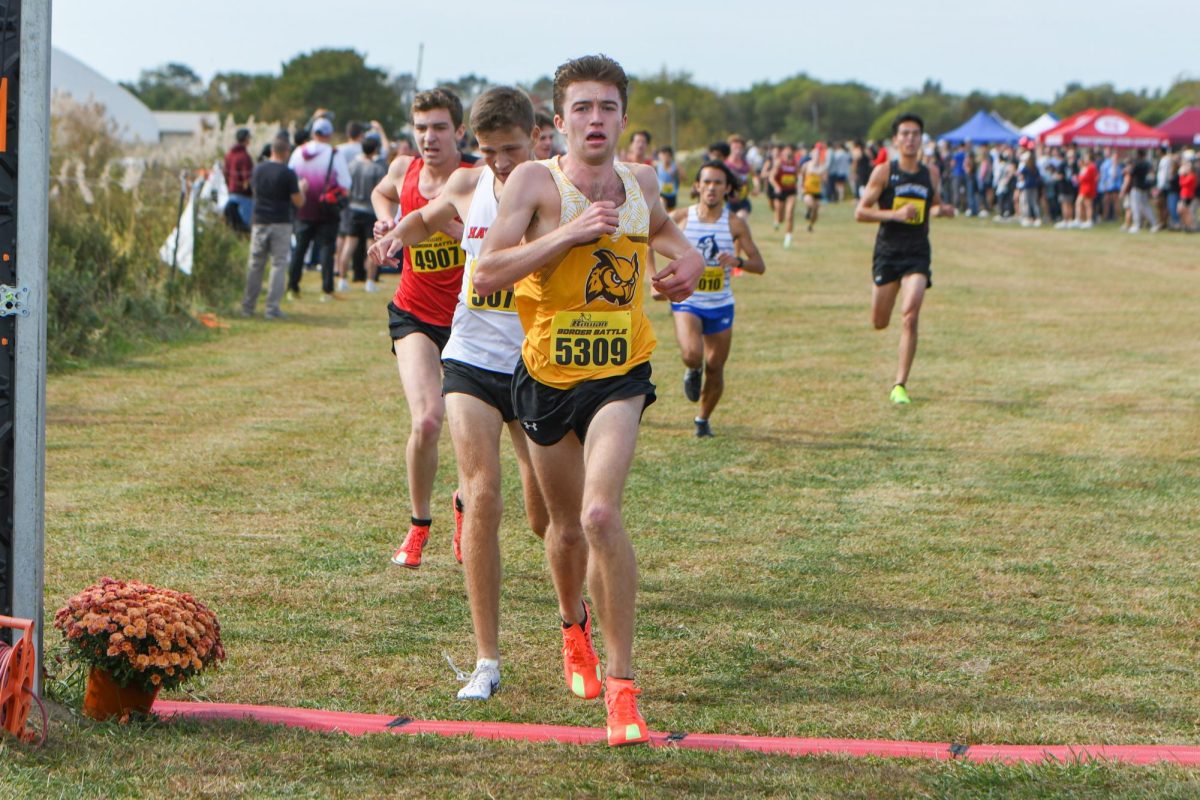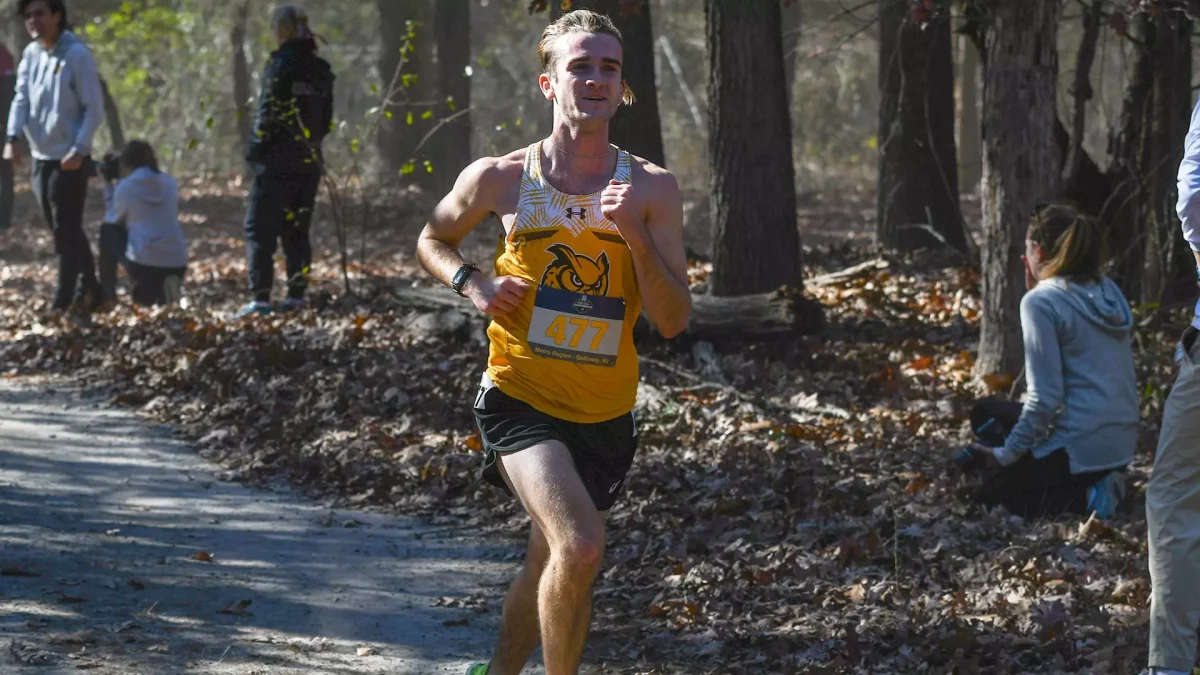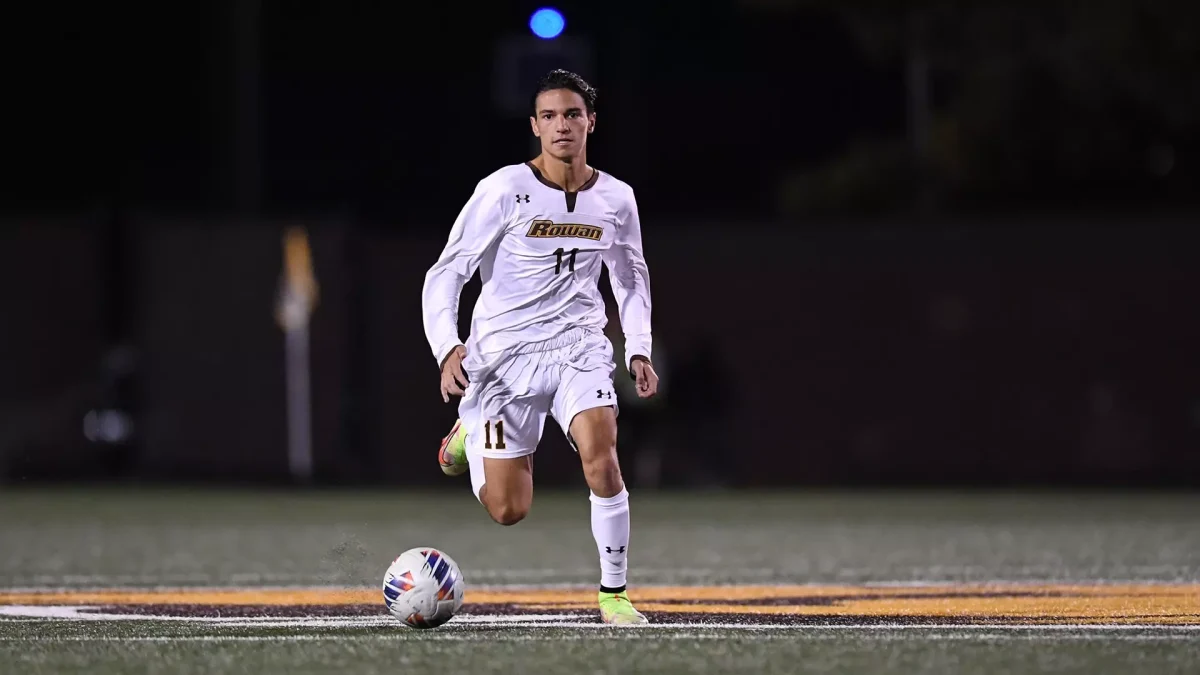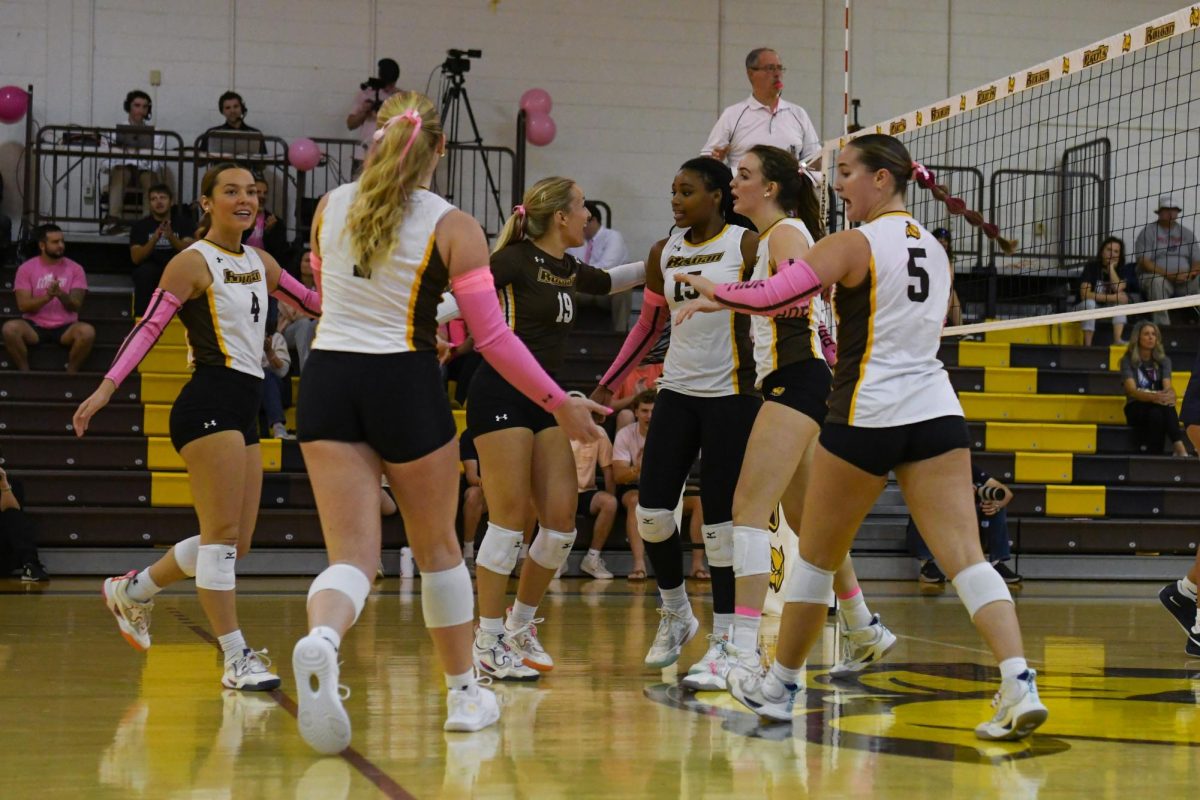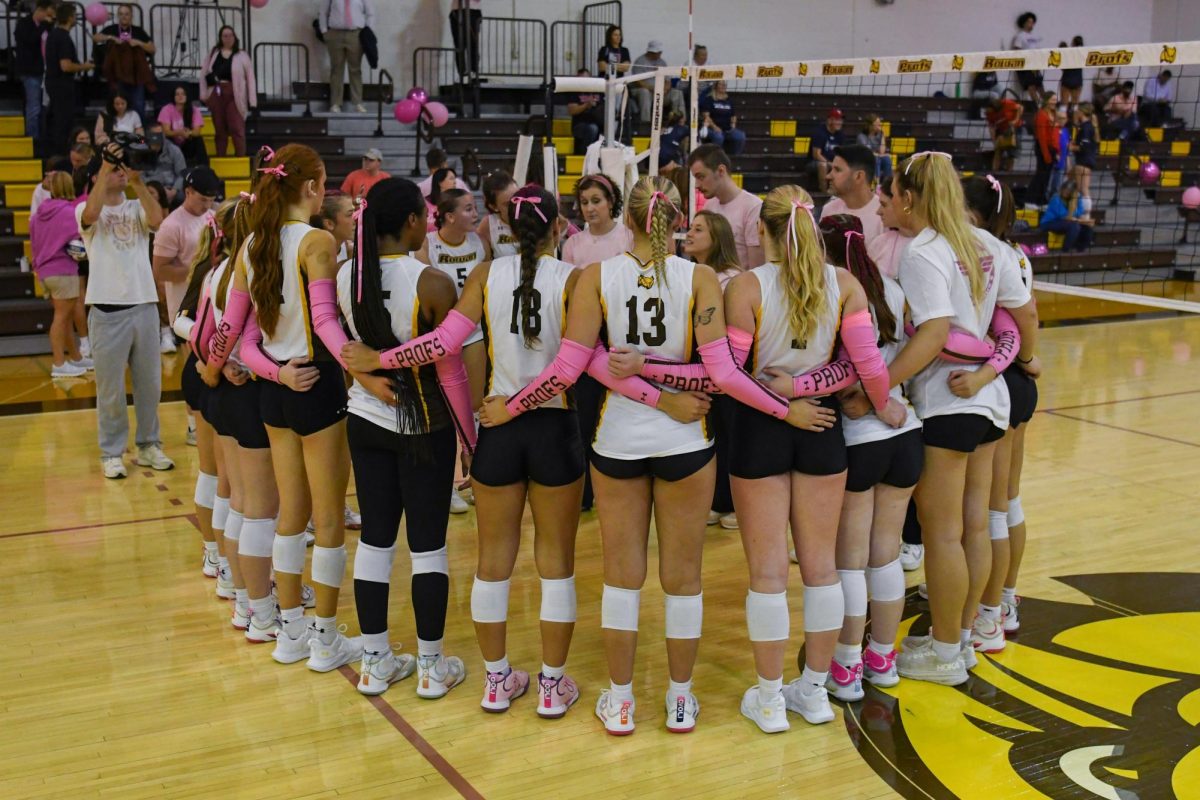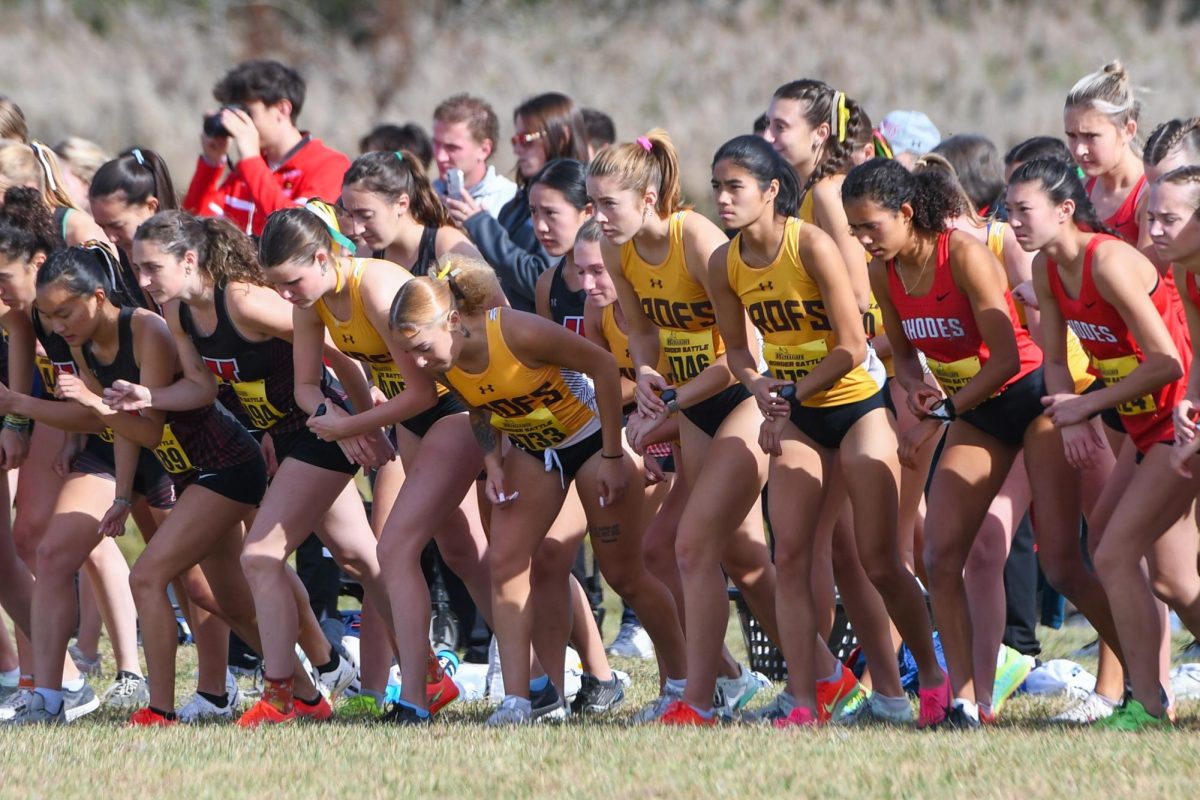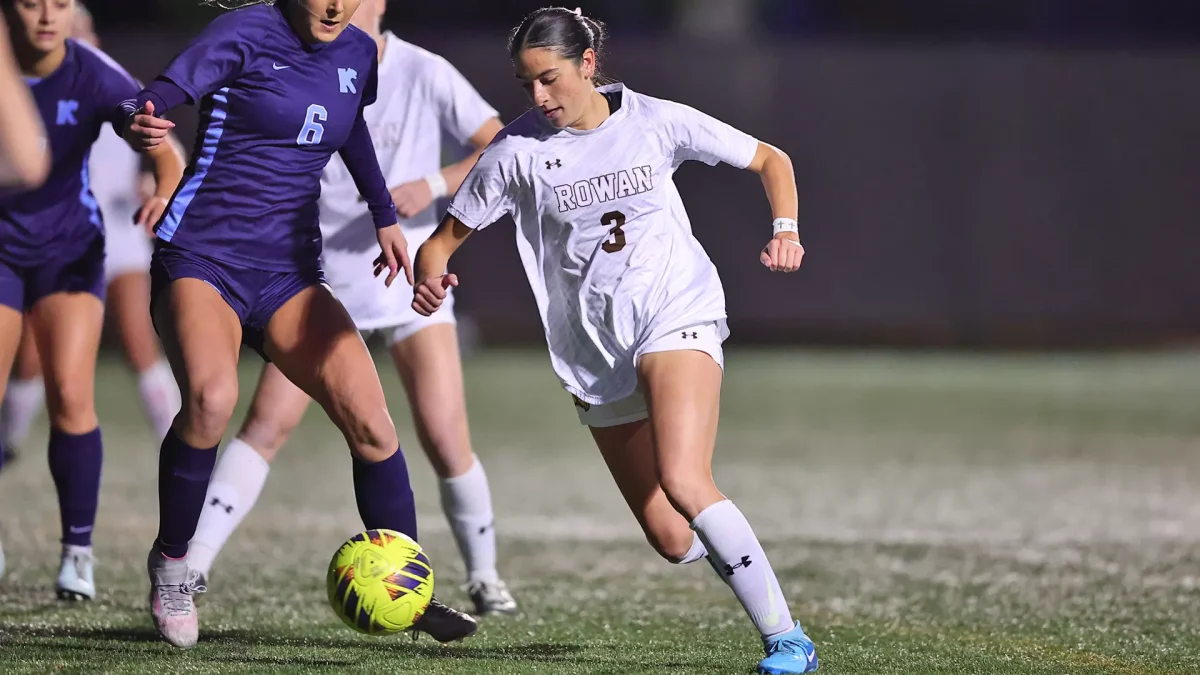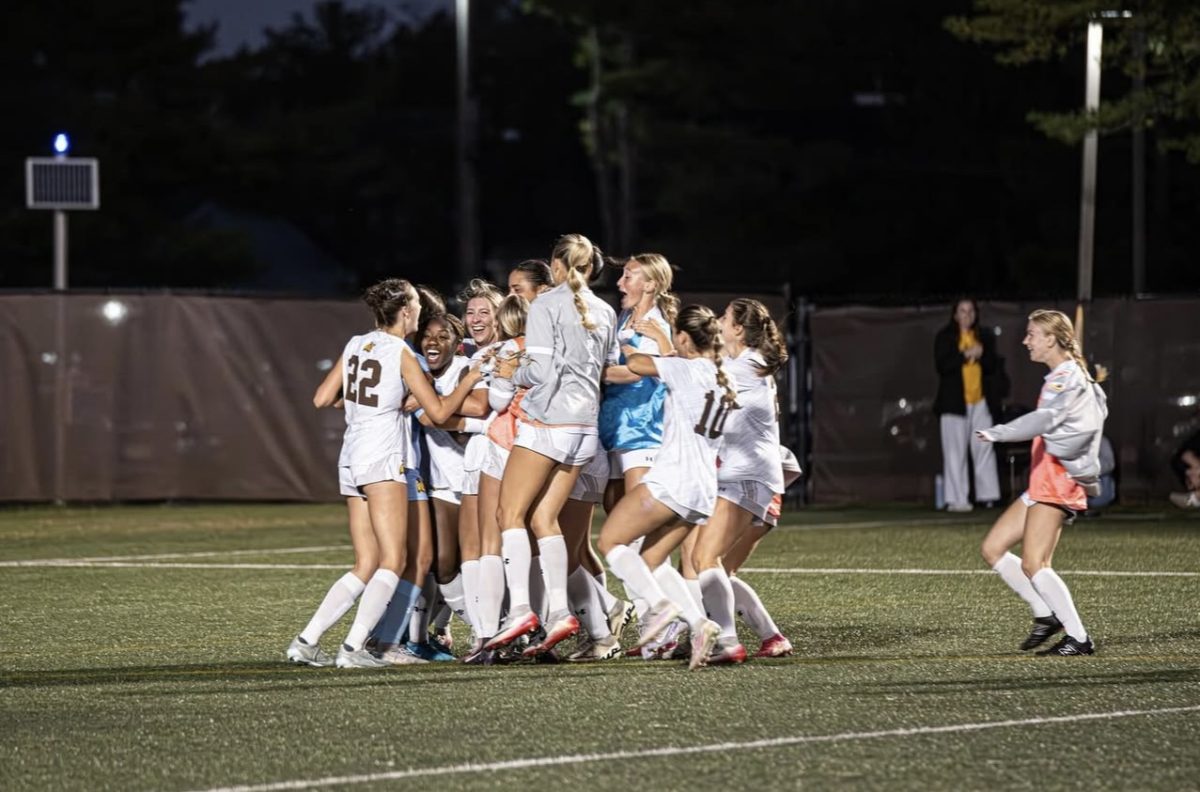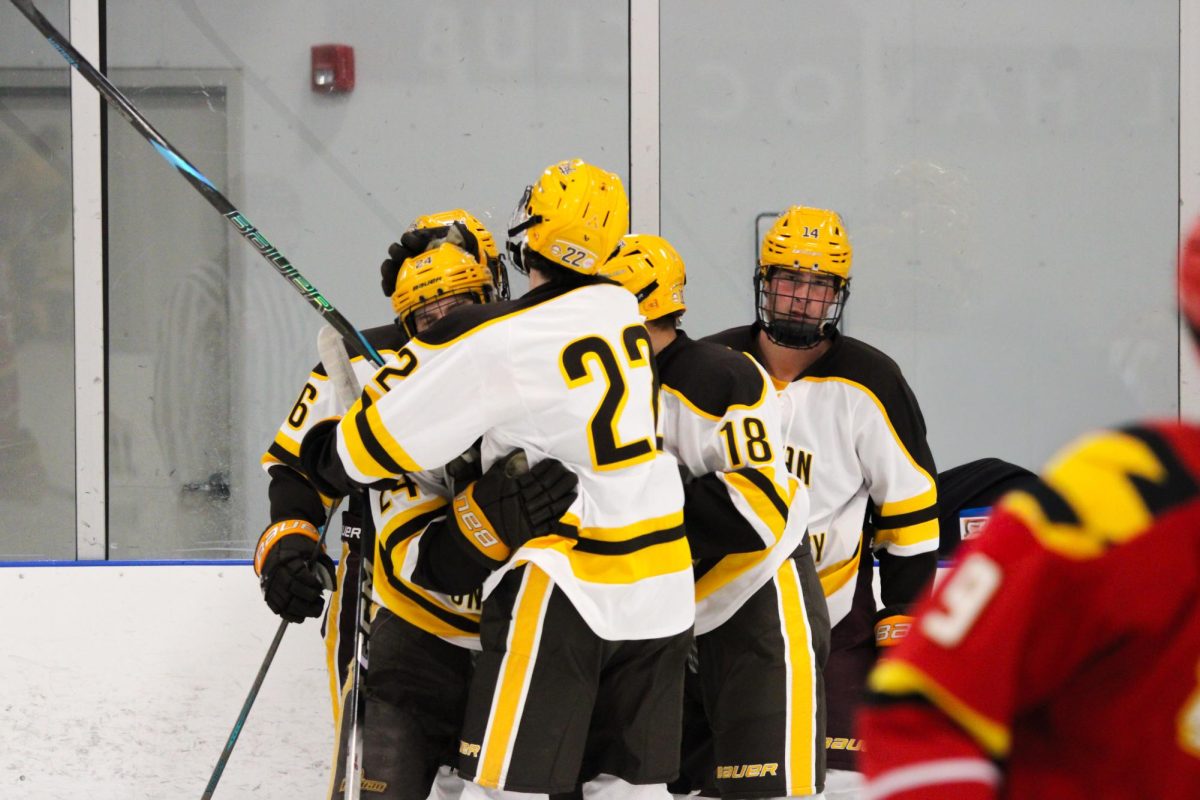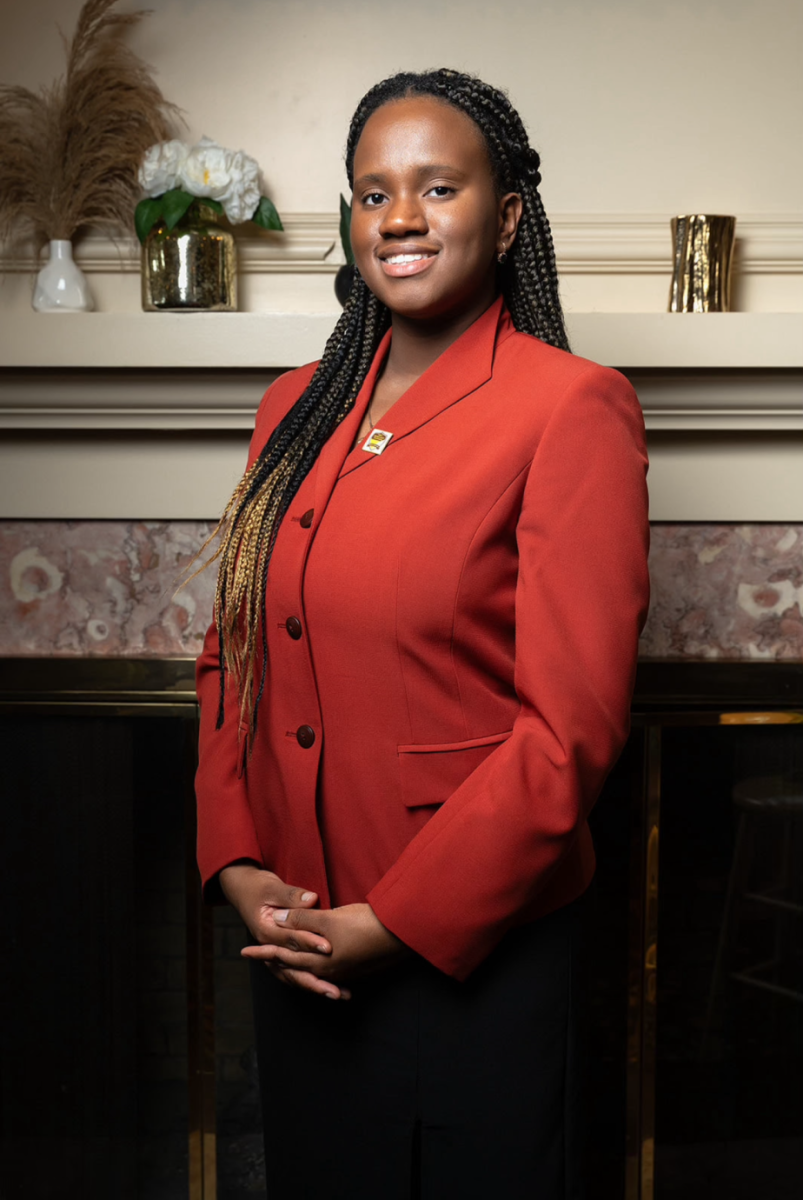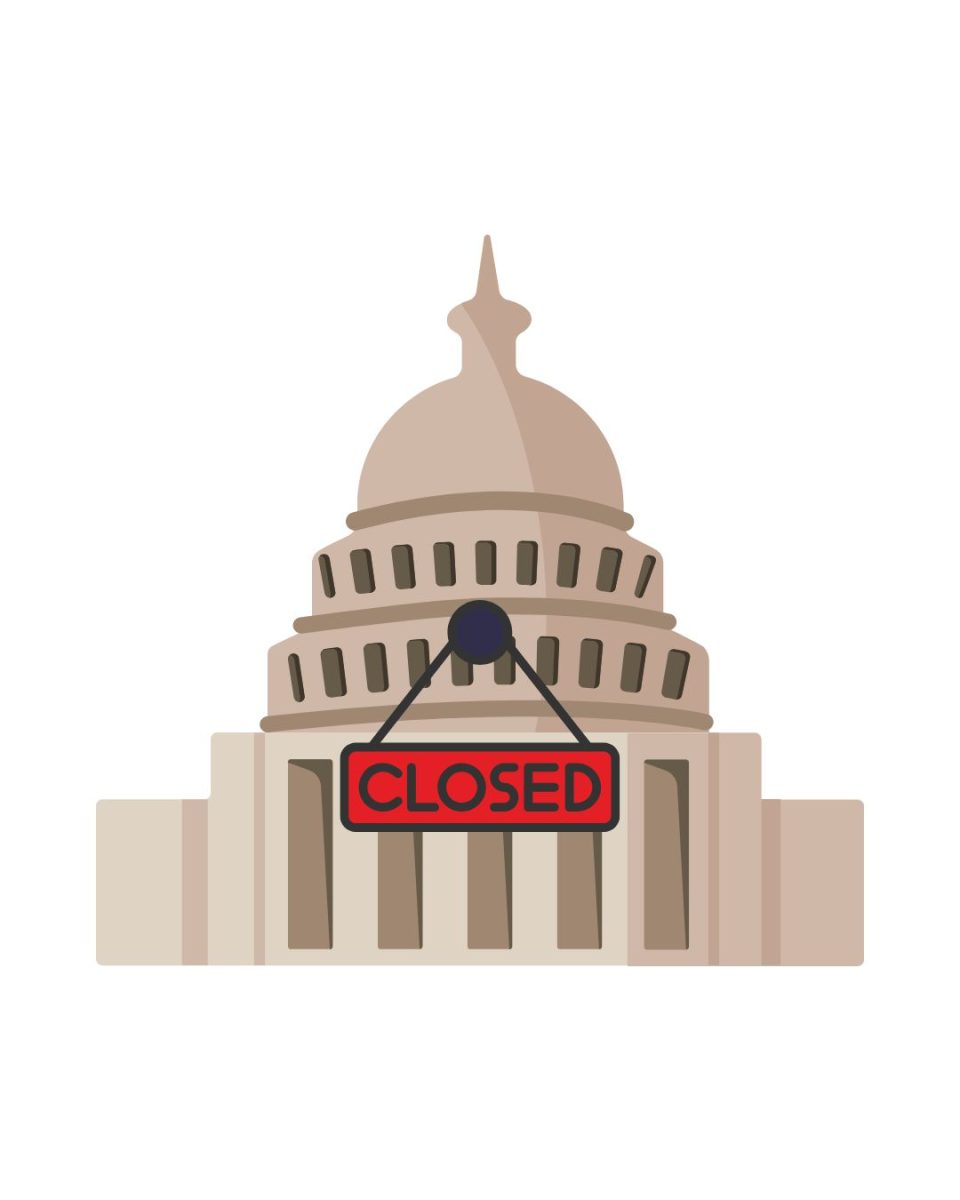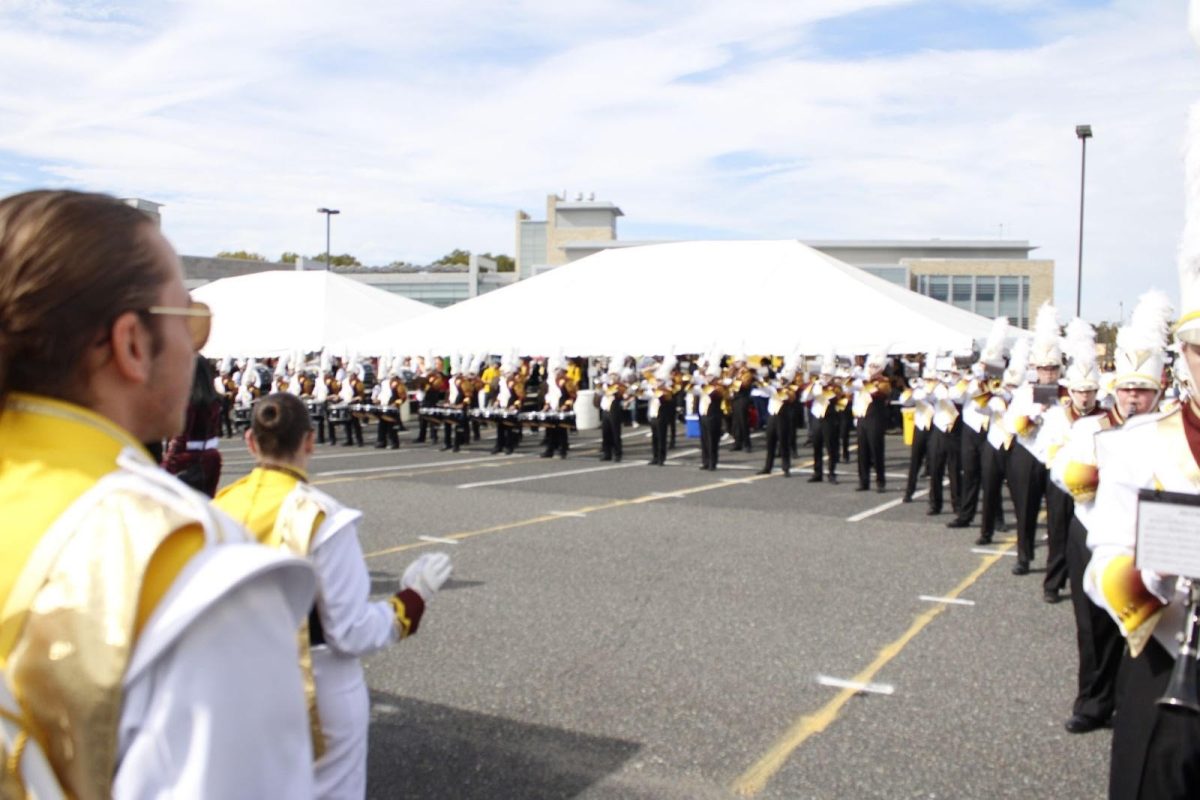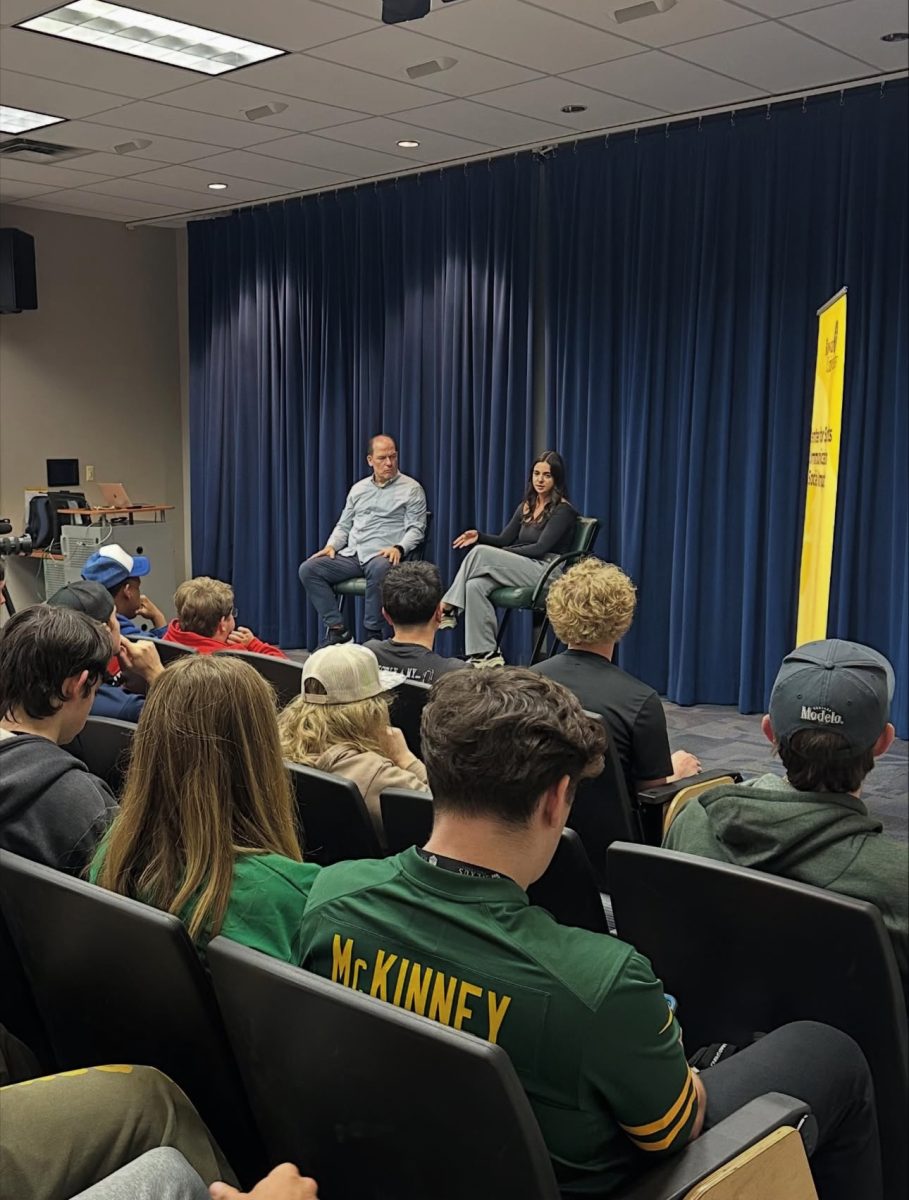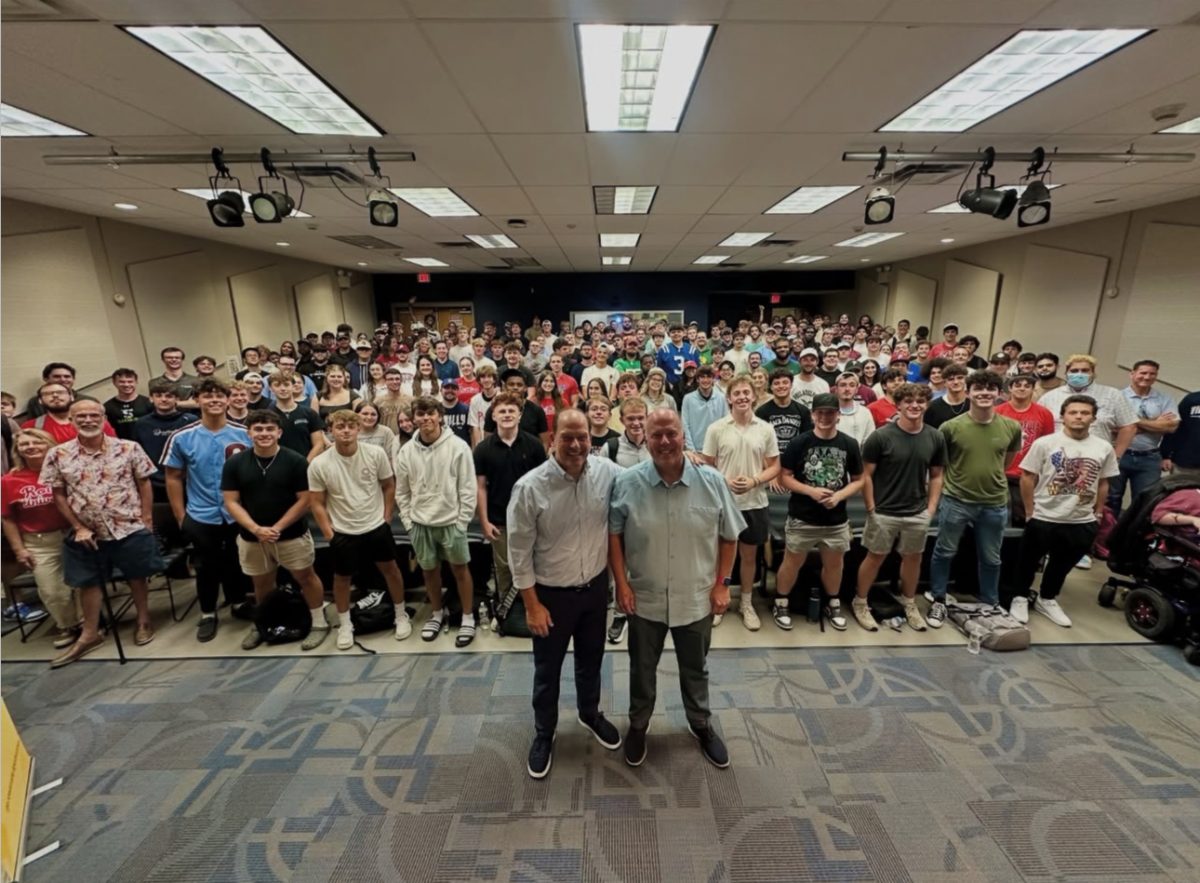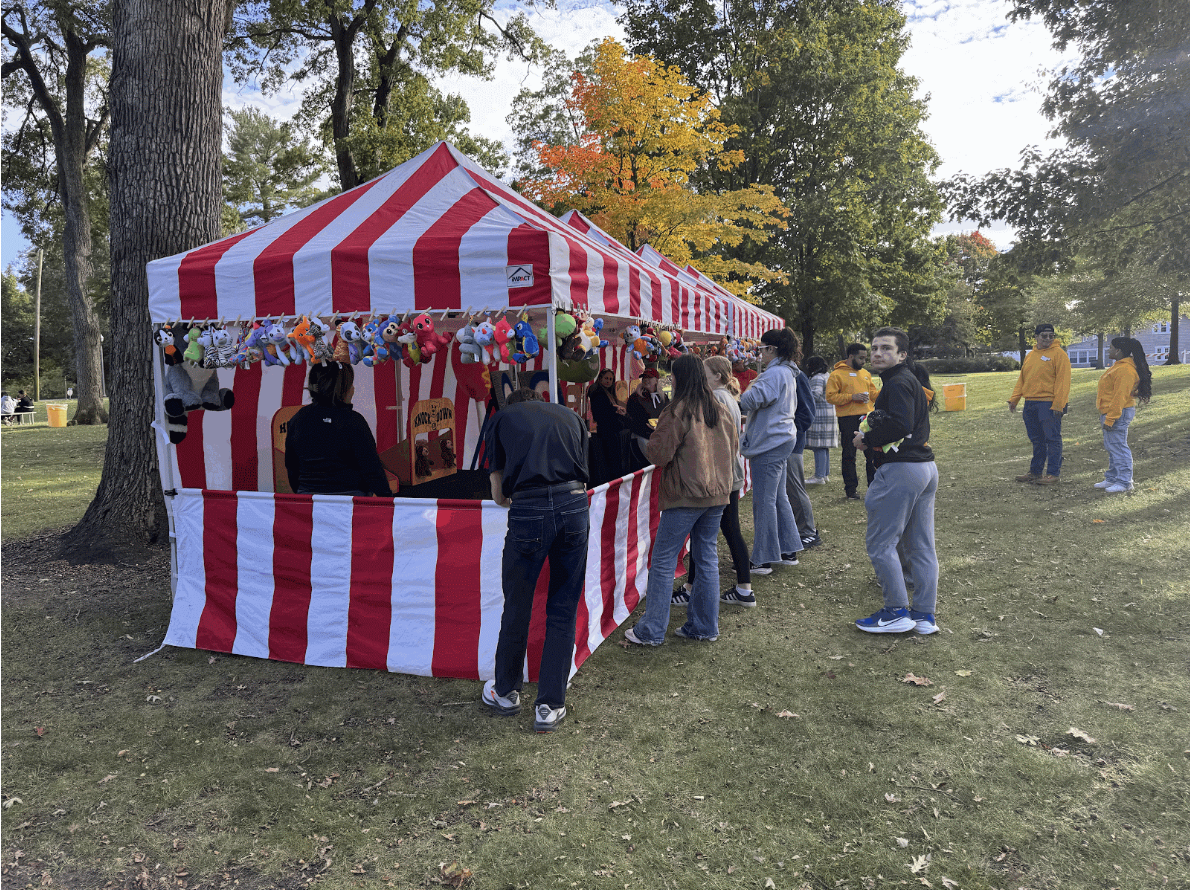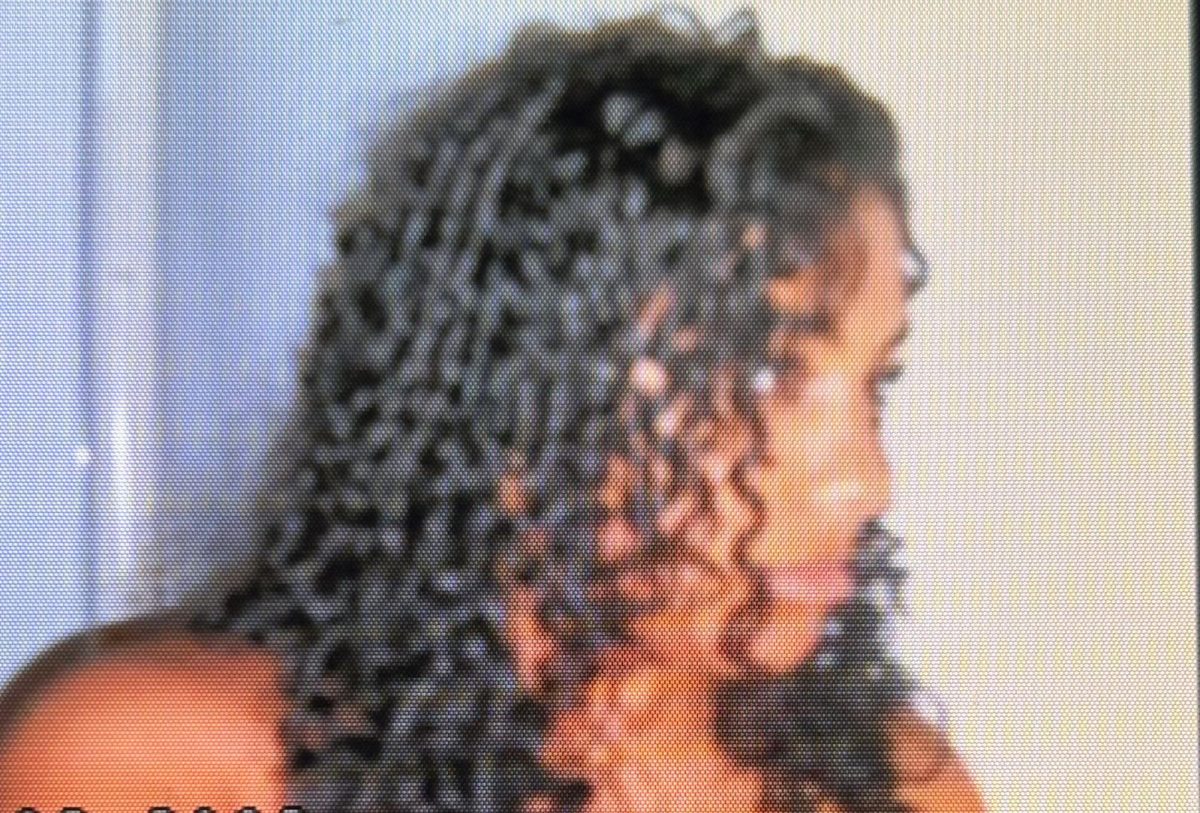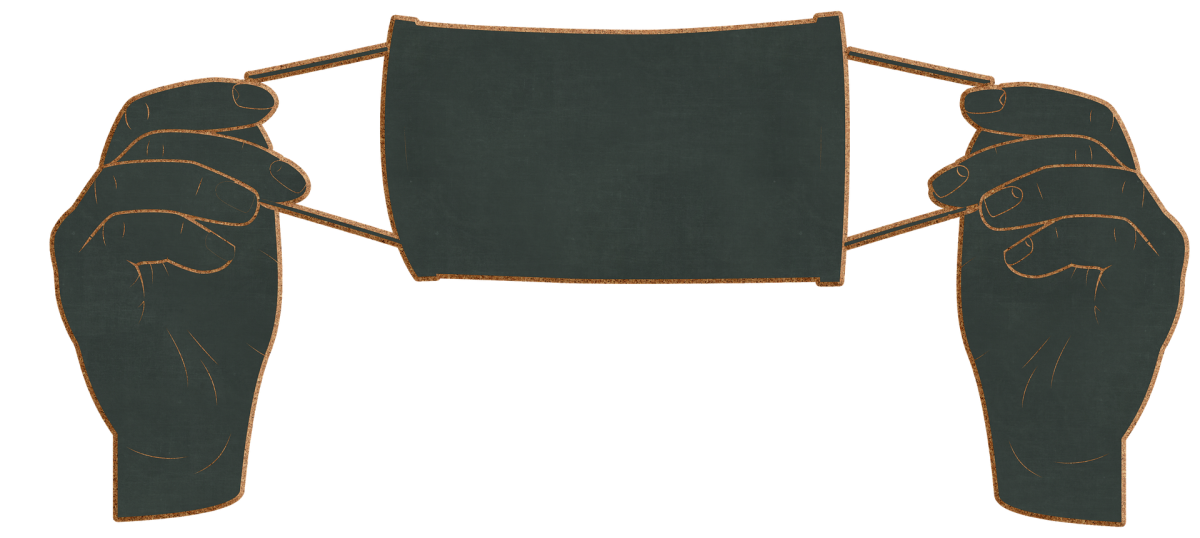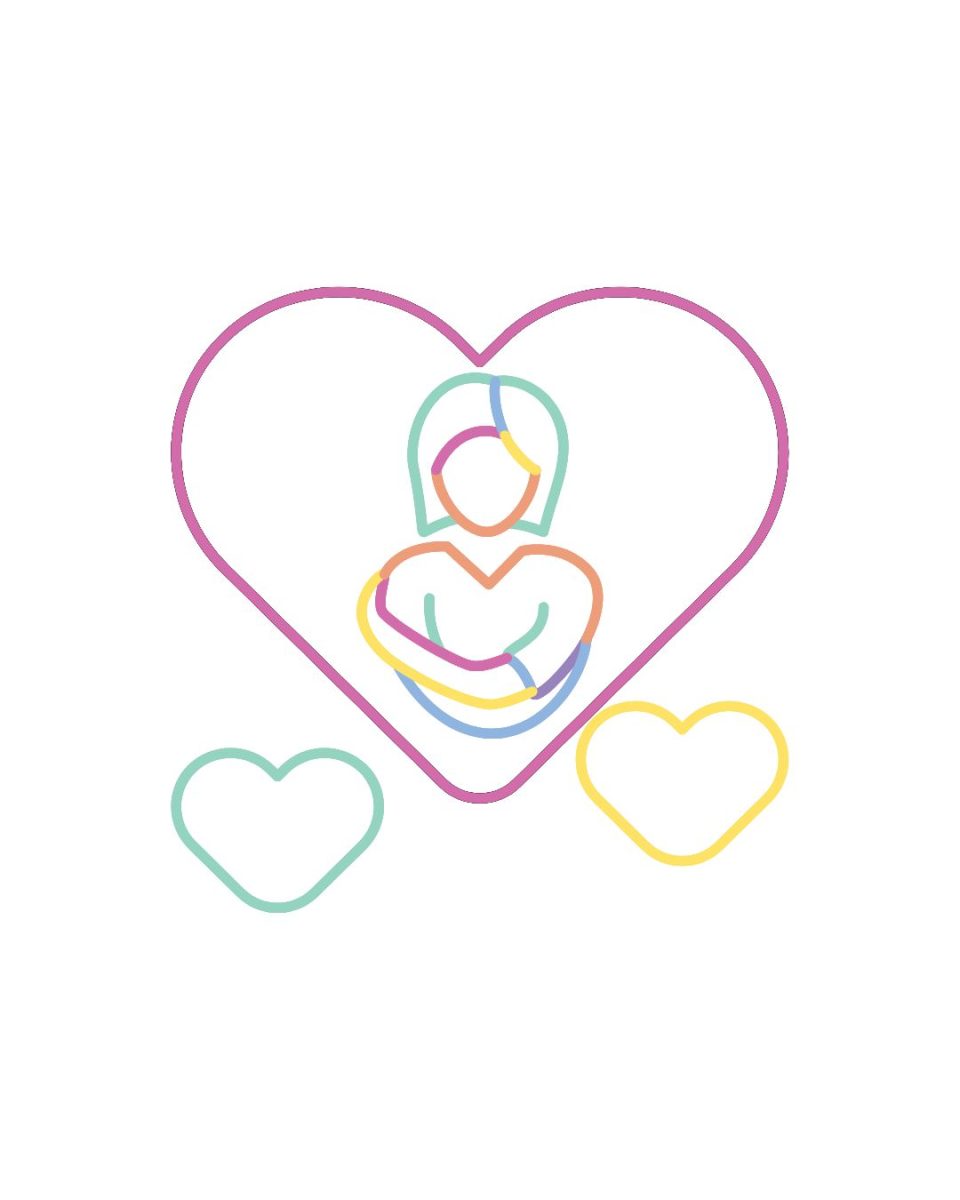For the past two years now, COVID-19 has been part of our everyday lives. Before we leave our house we make sure we have our phone, keys, wallet and mask.
However, with new coronavirus cases plummeting more than 80% since its most recent peak in January and hospitalizations dropping by more than 30% within the last two weeks, many are wondering if this could truly be the light at the end of the tunnel.
With all 50 states showing a declinine of numbers of COVID cases, states either have no mask mandate, a mandate for only the unvaccinated, masking requirements for everyone regardless of vaccination status or they are planning to lift their mandate within the coming weeks.
New Jersey has not required masks in privately-owned businesses since last May but has required them in healthcare facilities, government buildings and, controversially, schools.
However, on Feb. 7, Governor Phil Murphy announced that he will be putting an end to the mask requirements in schools starting March 7, 2022, calling it “a huge step back to normalcy for our kids.” But our question is: When can Rowan’s student body expect a similar return to normalcy?
Rowan has never had any obligation or order from the state to follow New Jersey’s masking policy. In other words, the university could essentially dissolve its COVID-19 policies before the statewide order expires.
At the start of the Spring 2022 semester, Rowan issued a press release stating, “Rowan University is following CDC and state guidance and is requiring all students, faculty and staff, regardless of vaccination status, to wear masks in all classrooms, lecture halls, laboratories, and other crowded, indoor public spaces.”
However, with the state-wide mandate dissolved and the Centers for Disease Control and Prevention considering loosening restrictions due to declining numbers, what is Rowan University planning to do?
“We look at guidance from a number of sources, and we really synthesize public health measures that are both reasonable, practical and effective,” Scott Wooside, director of the Wellness Center, said.
Much like the rest of the state and country, Rowan is seeing extremely low transmission rates and a declining need for testing and resources, according to Woodside. As a result, the Wellness Center is considering the governor’s policy change, looking at what other universities are doing and awaiting to hear what the CDC has to say before changing Rowan’s policy.
“Yes we have a plan, but we have multiple plans depending on what happens during the next couple weeks,” he said.
Without a specific date or clear answer to when Rowan students and staff can say goodbye to the mask, The Whit staff believes that time is now.
We acknowledge all the data and evidence that masks do work and help prevent the virus if worn properly. We say “properly” because we can stand by our statement that masks are not always worn correctly– go to the gym in the Recreation Center to see for yourself.
With more than 87% of in-person students vaccinated and 94% of Rowan’s faculty vaccinated, the persistent need for masking in the classroom is questionable.
Data has shown that, while not impossible, people who are fully vaccinated are less likely to transmit the virus and fully vaccinated individuals are less likely to get the virus. Omicron has shown us that regardless of vaccination status, it is still possible to get COVID, but vaccines have proved to be effective against severe illness and hospitalizations.
Since Rowan required all students and faculty to get vaccinated if they wanted to attend in-person class, where exactly is the risk?
There is no data that clearly proves that professors and students are more likely to acquire the virus from one another instead from their own personal lives outside the classroom. If anything, the classroom is the safest place to be.
In a contact-tracing study looking at college classroom transmissions, done by Cornell University, they concluded that the likelihood of a professor getting COVID from a positive student was very low and that instructors were more likely to catch it from eating out, visiting family and traveling.
With that same logic, it’s safe to assume students are more likely to catch the virus on the dance floor at Chickie’s & Pete’s, in line for the bathroom at a frat party or sitting maskless at one of the restaurants on Rowan Boulevard– not the classroom.
But the university knows “there’s no bubble around Rowan University,” according to Woodside.
“In my opinion, we made decisions that were both reasonable and effective. If they didn’t meet those two requirements, we didn’t do it,” Woodside said. “It’s reasonable to wear a mask, it’s reasonable to isolate, it’s reasonable to test.”
With spring break in less than a month, Woodside could not speak on whether or not masks would be required when students come back to campus. Woodside said that considering the governor’s announcement, he would imagine the university would “follow suit,” but this wouldn’t be the first time Rowan has considered dropping masking requirements only to require them for the whole semester.
The fact of the matter is Rowan’s masking requirement is not as necessary as the university seems to think it is, and the research and statistics are a testament to that statement.
Not to say that people shouldn’t wear a mask, especially if they are uncomfortable or in a place where transmission may be higher, but requiring masks in a space where only vaccinated individuals are allowed raises the question: if the vaccines have proven to be effective against the virus, what role is the mask playing?
As a staff made up of students, we at The Whit are well aware of the struggles wearing a mask in the classroom can bring. Not only is it harder for students to retain information because of how difficult it is to understand the instructor, but professors may also miss the tell-tale signs that students are not understanding the content by not being able to read facial expressions. Not to mention, the fact that some students and professors have yet to see each other’s full face after almost two whole school years can raise an ethical issue.
At this point, 46 states have gotten rid of their mask mandates, including New Jersey.
Governor Murphy announced an end to masking requirements for schools K-12.
Recent data shows a nationwide decline in cases and hospitalizations.
CDC Director Dr. Rochelle Walensky said during a White House briefing that the government is contemplating a change to its mask guidance in the coming weeks due to the falling numbers.
Every source the university looks to for guidance is either dropping or heavily considering dropping masking requirements. It’s time for Rowan to do the same.
For comments/questions about this story, tweet @TheWhitOnline or email [email protected].



